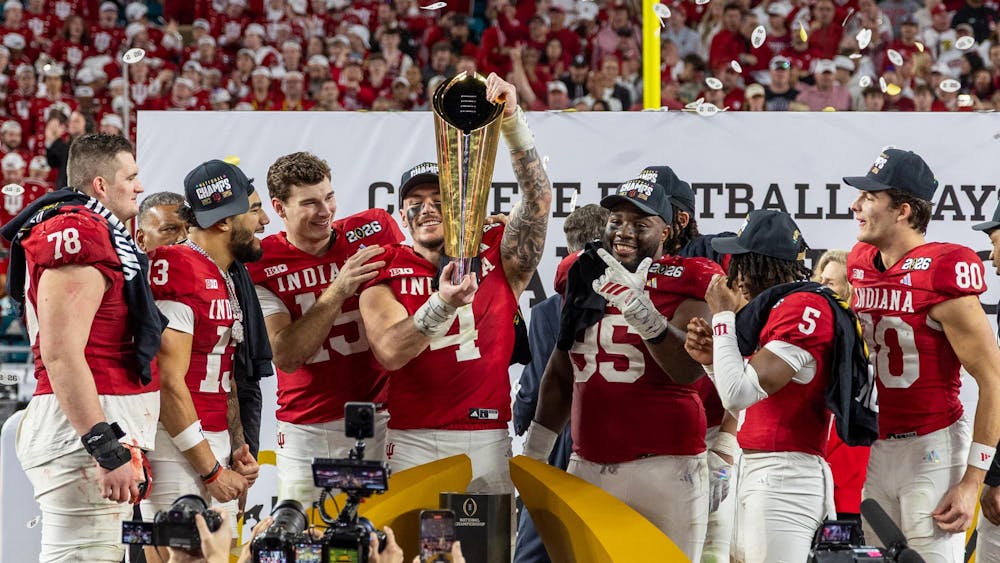Growing up in Mexico, I was immersed in the lively scenery of local culture. From the pulsating rhythms of traditional music to the vibrant street markets to the shores where surfers played with the waves or families enjoyed picnics, every corner exuded the essence of our heritage. However, the growing influence of corporate giants and digital nomads, people who work remotely but frequently relocate, typically making more money than the national average of roughly $14 a day, has begun to overshadow these cultural gems. What were once landmarks of our identity are now becoming huge apartment complexes, sprawling parking lots and cookie-cutter malls, mirroring the consumer culture and getting closer to a hegemony of homogeneity. This transformation leans toward the desires of outsiders rather than to the soul of the existing community.
This phenomenon is not confined to Mexico — it echoes across the globe as gentrification. Gentrification is a process in which an area is changed by wealthier people moving in, causing the displacement of the current inhabitants. It can also cause unique locales to lose their individuality, becoming what French anthropologist Marc Augé called “non-places," in his book “An Introduction to Supermodernity,” — spaces devoid of distinct identity, where consumption, prioritization of efficiency and mobility become the main and only mode of engagement.
After coming to Bloomington to attend college, I encountered a parallel narrative of gentrification eroding local culture. Though my time here has been short, I have heard locals and students alike complain about the housing crisis, exacerbated by soaring rent costs and a scarcity of affordable options. According to the 2020 Bloomington Housing Study, over 60% of rental households are considered cost burdened. This crisis amplifies the displacement of long-standing residents, fostering a transient population.
The presence of college students, while economically beneficial in many ways, also brings with it a commercial wave that generates a rise in the living prices — displacing and hindering the ability of the locals to access decent housing. For instance, the urban renewal program established during the mid-20th century became the main process by which low-income areas were gentrified. As the number of students and staff on colleges across the nation grew, university leadership began to acquire properties in the surrounding areas. Even now, we still experience remnants of these kinds of programs in the form of ongoing challenges in accessing affordable housing, persisted socioeconomic disparities, and the displacement of people from their neighborhoods.
However, gentrification is on the rise, making housing options increasingly unaffordable for many college students, further complicating the situation and widening the gap between a community's socio-economic classes. Meanwhile, the criminalization of homelessness further prolongs the cycle of marginalization and exclusion within many cities. In 2020, the Indiana General Assembly sought to prohibit panhandling statewide, a move that was stopped by a federal court order. In the past year, the city of Bloomington banned tents or encampments in public parks, contributing to the continued displacement of Bloomington’s homeless individuals.
Gentrification is more than just physical change — it is a force that reshapes our sense of community and belonging. By prioritizing profit over people, it perpetuates a cycle of displacement and cultural alienation. The transformation of once vibrant neighborhoods into homogenized landscapes urges us to address its root causes. To stop gentrification, communities can advocate for policies that prioritize affordable housing, implement rent control measures, and provide support for small businesses and residents facing displacement. This includes fostering inclusive urban planning processes that involve community members in decision-making, ensuring that development projects serve the needs and interests of existing residents rather than solely benefiting outside investors. Whether in bustling urban centers or quiet rural towns, safeguarding the diversity and authenticity of local cultures and access to decent living conditions demands recognition and resistance against the commodification and exploitation of communities.Only then can we preserve the soul of our cities that are being threatened by the risk of becoming “non-places.”
Enrique Castañeda (he/they) is a freshman majoring in Anthropology.






